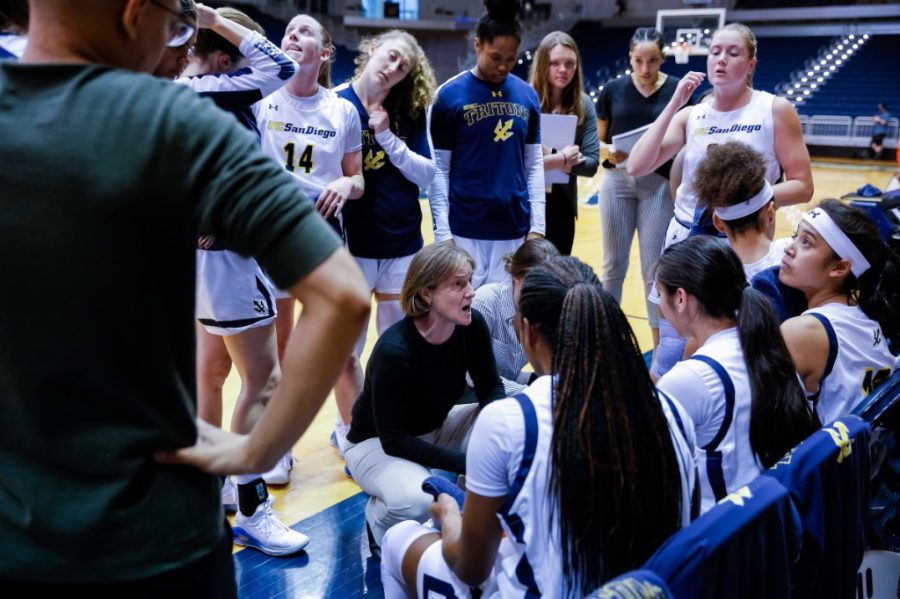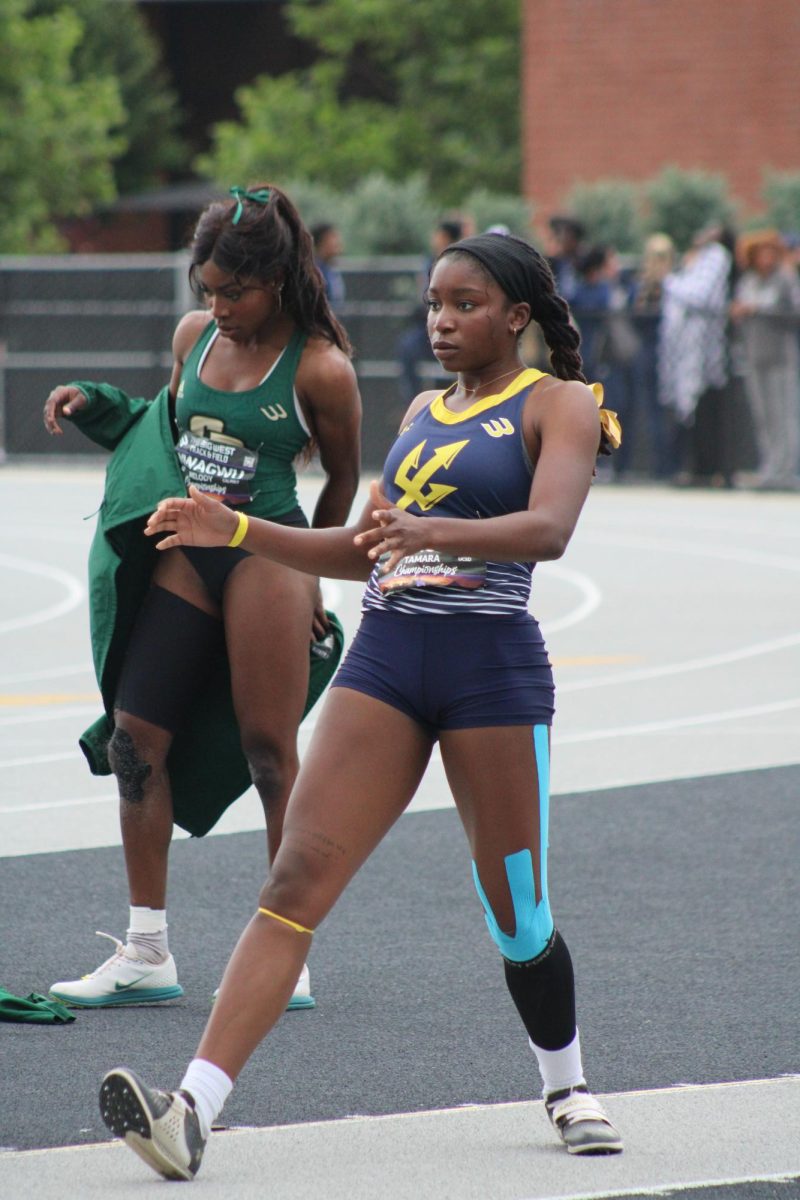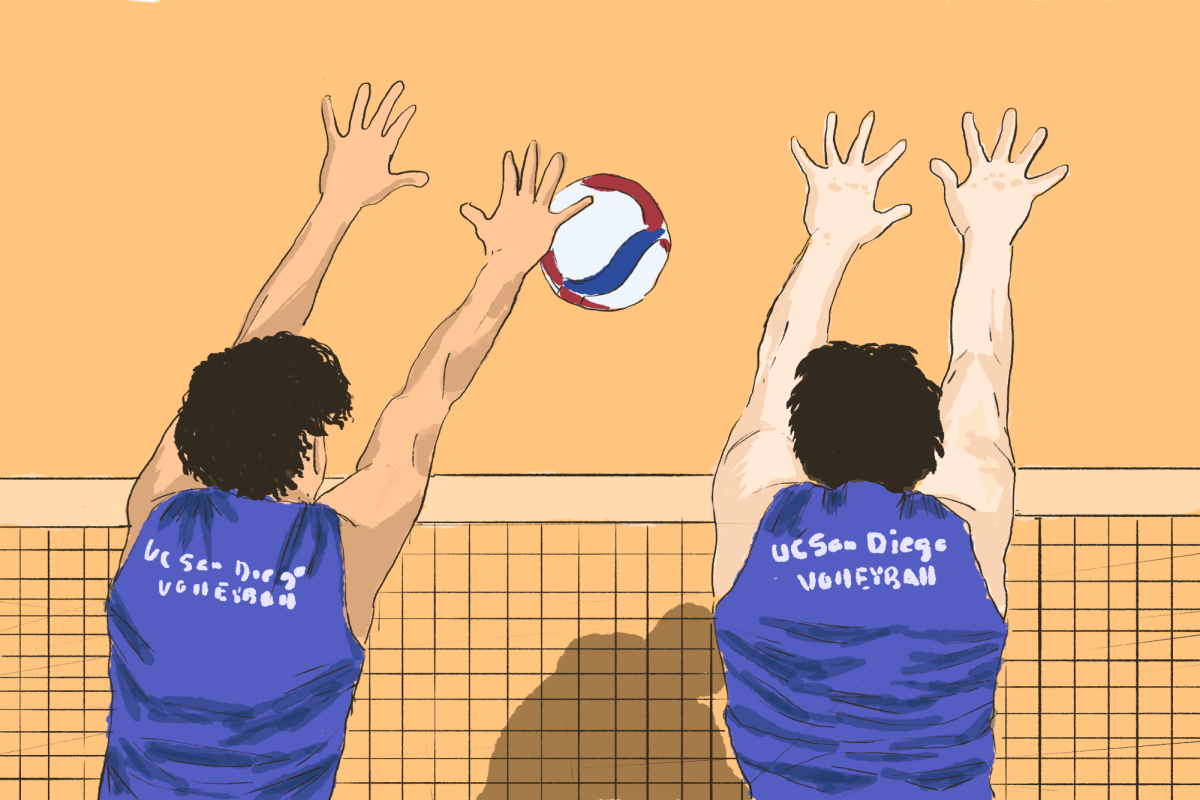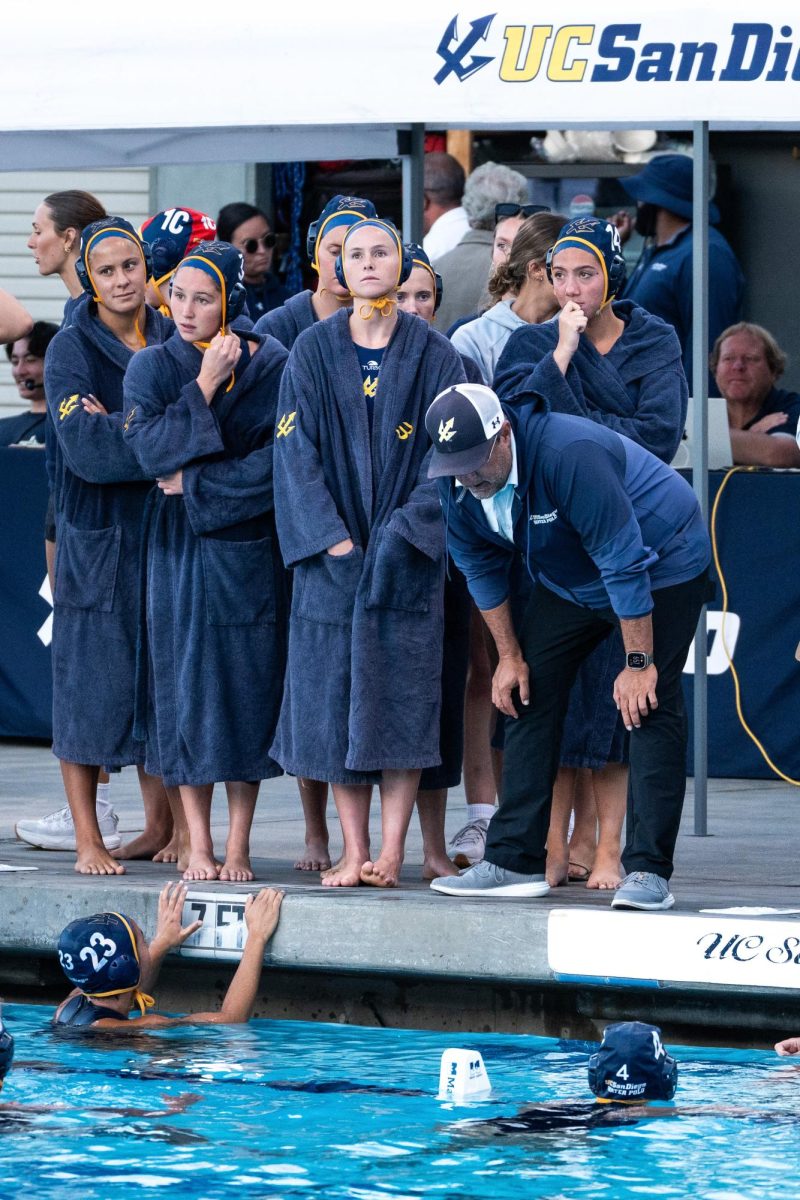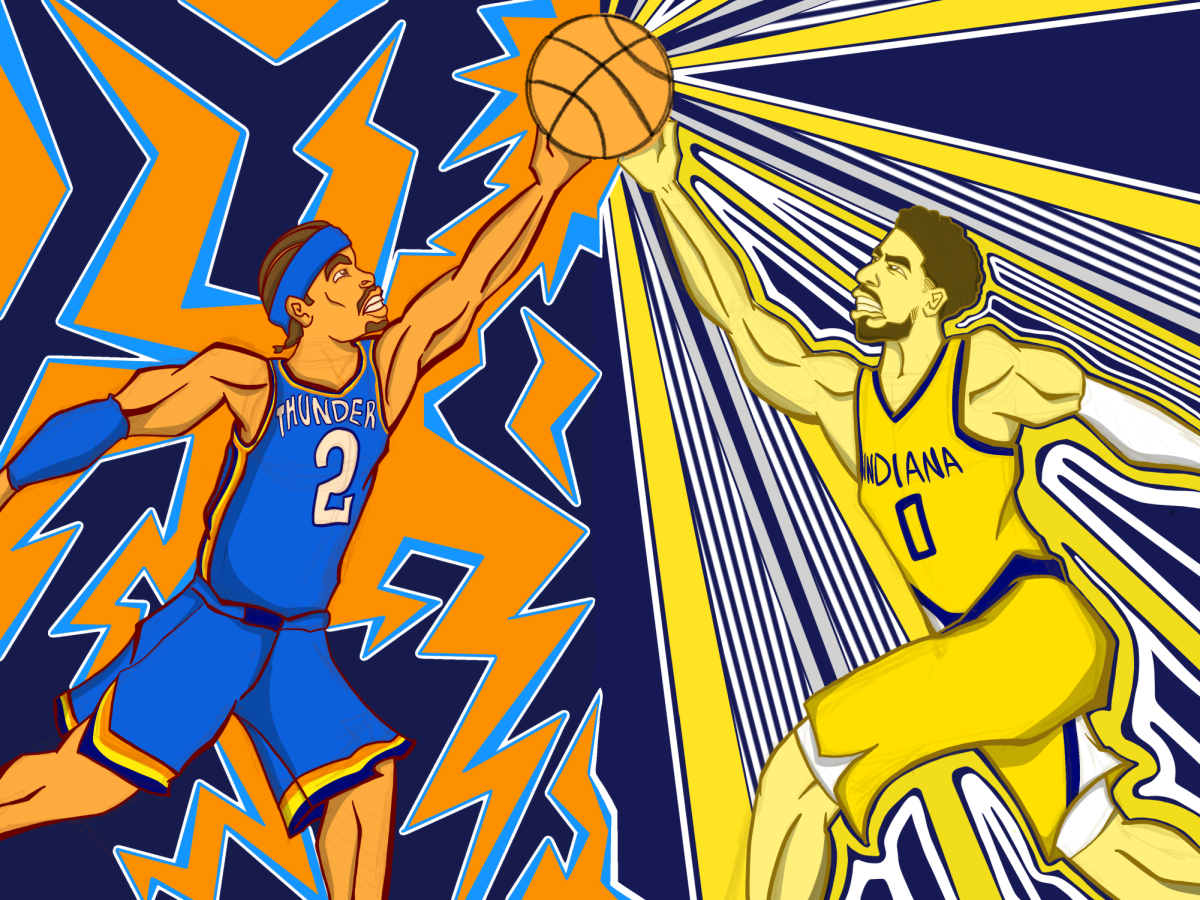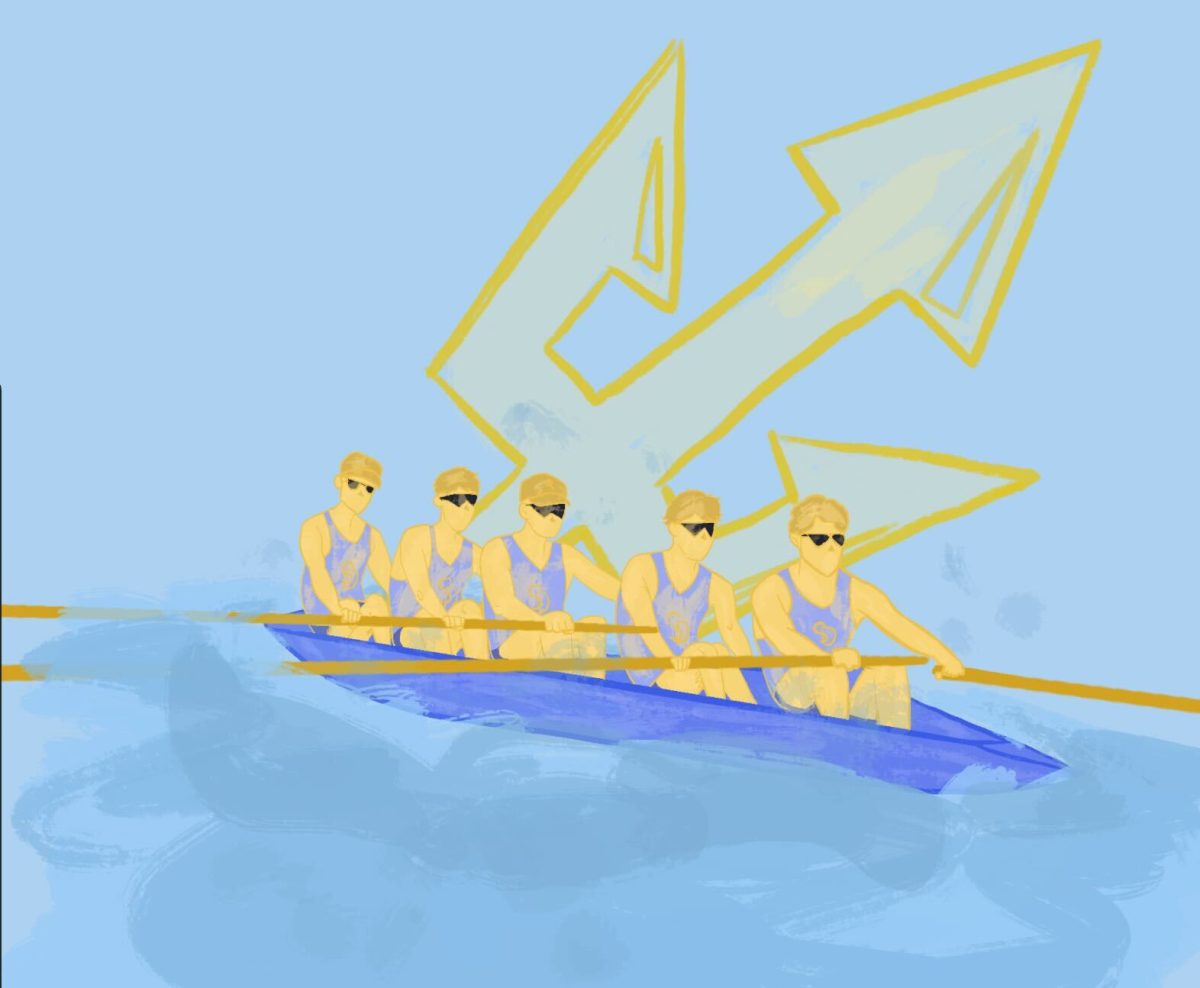After the cancellation of the NCAA Division II Tournament just a day before their opening match in Honolulu ended their 2020-21 season, UC San Diego’s women’s basketball team will open its inaugural season in Division I on Dec. 21 against California Baptist University. With the pandemic complicating the runup to the biggest season in the team’s history, The UCSD Guardian sat down with head coach Heidi VanDerveer over Zoom on Dec. 3 to talk about how her team has dealt with the circumstances and their preparations for the season ahead. The following transcript has been lightly edited for readability and length.
Last year was a strong season, with the team going 25–5 and being CCAA Tournament champions. What was it like not being able to finish out the season? What was the feeling among the players at the end of last season and what was your message to them?
I think it was a really challenging time and I don’t think we fully understood it at the time. Obviously, we had won the CCAA tournament. We were playing very well and peaking at the right time. We were excited about going over to Hawaii for the NCAA Tournament. We went to Hawaii, but we obviously didn’t play. We got the call that they had canceled the NCAA tournament. It was especially hard for our two seniors, Stephanie Moore and Sydney Sharp, because as seniors that’s what you live for basketball-wise. Reframing the situation and understanding the bigger picture, while it was really hard, made us understand that what we were facing was small in the grand scheme of things.
The foundation and philosophy of our program is that success is in the journey, not the destination. For Steph and Syd specifically, it was most important to realize how far they had come as basketball players, as scholar-athletes, and as young women. It was tremendous to see that growth, even though we couldn’t finish out the season.
How has the pandemic affected the team off the court, regarding things like conditioning, recruiting, and team-bonding?
It’s all three. We laughed when we got back from Hawaii and everyone said, “Oh, you know it’s gonna be two weeks. It’s gonna be two weeks.” Then April came and May came, and we were still at home communicating through Zoom.
We were planning on coming back in August. We didn’t come back till September. I think our athletic department has done a fabulous job getting us back. They’ve done a fantastic job managing something that no one has any experience in. With the guidance of our athletic trainers, the doctors, and the Chancellor’s COVID committee, they gave us an opportunity to just be back on campus, and a sense of routine. When we came back in September, even while masking and social distancing, we were able to feel a sense of community and have a common bond.
Spring is a big individual improvement and strength and conditioning time for us. That’s the focal point of that part of our season. A lot of the things that we build on in the spring really are to help us in November, in December. So, we are still feeling the effects of not having that spring in terms of strength, conditioning, and skill improvement. I feel like we have missed a cycle because the spring is the start of the cycle for the next season. It’s kind of like a separation spring. Our strength and conditioning coach Jess and our athletic trainer Allison did a fantastic job of structuring our workouts, our rehab, and things of that nature to the best of their ability. They were working through tough conditions trying to get the team in great shape and healthy.
For recruiting, we do everything through Zoom. Before the pandemic, I’d never heard of Zoom. Now I have Zoom meetings all over my calendar. We Zoom with recruits and their families. We try to show off campus as much as we can because people can’t come to campus. It’s different. A picture is worth a thousand words, but it’s not the same as being here. It’s a beautiful campus and there’s only so much that you can show through pictures or videos. It’s been a challenge, but it’s been a challenge for everybody. The NCAA is in a dead period and unless you go out on your own as a scholar-athlete, this is the best we can do.
And there’s obviously team bonding. The ability to develop chemistry, to work through adversity on the track or in the weight room together is huge. It’s huge in developing trust, it’s huge in developing communication that you rely on in the regular season. I do also feel like we made strides as best as we could have through Zoom on leadership. We have Beth Monnier, who really took the lead on some leadership seminars for our team, which I thought were great. The team has also come together on social justice issues and the Black Lives Matter movement. During that moment, we wanted to emphasize being united, being one voice, understanding of people’s differences, being more empathetic, being more aware, and being an advocate. [Assistant coach] Dalayna Sampton and Beth took the lead in creating a safe space to talk about social justice and racial equality. So, I feel like, while we might have taken steps back in some areas, we took steps forward in some other areas which are more important in the bigger picture. I think perspective is a great word to use now.
Now that everyone is back on campus, what does practice look like and what has changed?
Well, a lot has changed. We spent September, October, and really into November not having any contact. We social distanced while practicing, working on individual skill development, 5-on-0’s, shooting drills, and other things of that nature. Then the last couple of weeks, we’ve been able to practice with contact without masks. We discuss every drill that we’re doing and review practice with our athletic trainer to make sure they are conducted in a safe fashion. We have lots of hand sanitizer available. Coaches are also wearing masks. Having the best health and safety practices is priority number one. It makes this season all the more unique.
You know one of my favorite words is “tactile.” It comes from Doc Rivers. The best-connected teams, the ones who high-five and give pats on the back, are the best teams. It’s hard because even when you’re talking to someone through a mask you don’t have the same connection. So, for me and the team as a whole, that level of connection has been the hardest thing to achieve.
Also, we only really have 12 healthy bodies, and only 10 that really practice on any given day. It’s a 5-on-5 sport so we don’t have subs, so we’re navigating a lot of different challenges.
During most of your tenure, UCSD has been at or near the top of their conference. Now the team’s moving into a new conference with a higher level of competition where they’re no longer top dog. How do you handle that transition?
I think one of our saving graces was that we never looked at the rankings, whether we were picked first, second, or whatever in the preseason. In our case, we were picked last in the Big West and understandably so. We joined the Big West with eyes wide open. We understand the challenges. We know that having everything go our way in 2020 or 2021 is not the goal. What’s important is what happens down the line in 2023 and 2024. As a staff, we have an overarching goal, and then we have milestones that we need to reach along the way. We understood that we weren’t going to come in and be picked number one. That would be foolish. Our goal, eventually, is to win the league, but it’s not realistic this year. Our goal this year is to come in and compete every game, make sure we’re prepared, and control what we can control. Our goal is to have individual improvement and collective improvement every day. It’s not just coach-speak. It is reality.
We had perspective when we joined the Big West. We know there’s no short-term fix. There has to be a plan. I like and believe in our plan and we just need to ensure that we stay diligent every day and take care of what we can take care of.
The roster had some turnover. At the end of last season, the team had two graduating seniors, Sydney Sharp and Stephanie Moore, leaving openings for other players to step in. Who is in line to have larger roles this season?
We have our mainstays, the meat and potatoes of our team: Julia Macabuhay, Sydney Brown, and Tyla Turner. I’m very excited about the three of them, especially with Sydney and Tyla both back for their second year. They’ll provide us a lot of stability. Tyla actually played in the Big West during her freshman year at CSU Long Beach.
Then you add players that have improved. Emily Cangelosi has improved. Madison Baxter has improved. Hanna Beckman has improved. Those three have taken steps forward. It will be good too, hopefully, have Layla Ybarra-Harvey healthy for a whole season. Our sophomores that are now juniors, Madison Baxter, Kendal Ellenbeck, and Hanna Beckman, have improved a lot. I give them a lot of credit. Even though we missed spring, they’ve come back better. We might not have had our normal spring, but they did not waste theirs. We are missing Isabelle Parker; she stayed in Australia. Brianna Claros is in the process of coming back. She’ll be a little slower in her return, but we’re excited to have her back.
We added three freshmen who are capable of not only helping us this year, but also contributing down the line. They’re freshmen so they have time to improve and we’re counting on them to do that. Aishah Brown is very talented and has a lot of potential. Both Parker Montgomery and Lucy Young have good skills and instincts. It’s just a matter of them getting up to speed and hopping into the college basketball party.
CSU Northridge was supposed to be UCSD’s third opponent this year, but they had to cancel their season because about half the team chose to opt-out this season. Have you considered what you would do if a significant partition of the team opted out or was unavailable for parts of the season?
There are planners and problem solvers, and there’s a spectrum ranging from planners who can’t problem-solve and problem solvers who can’t plan. Our staff floats in the middle of that spectrum.
My sister, Tara [head coach of the Stanford women’s basketball team] says, “your best ability is dependability,” and it has transformed into “your best ability is availability.” I think that’s actually transformed into “your best ability is flexibility.” Whatever situation you’re put in, you can’t predetermine what you’re doing. Even in practice, the athletic trainer can come up five minutes before practice and say, “She’s limited. She can go. She can’t go.” That’s an everyday occurrence. You have to juggle practice plans. If you have a positive test or you have an exposure, you have to restructure your plans.
I mean, I look at something like with Stanford and their women’s program. There, they found out on Monday that Santa Clara County was prohibiting contact sports for three weeks. On Tuesday, they were trying to find different places to go since they had no place to play in California. The men’s team stayed behind in North Carolina. Their football team is moving up to Washington. The women’s team is going to Las Vegas. That all happened within 24 hours.
No one has planned for what’s going on right now. You have to be able to navigate it as it happens. So, if we have a similar situation to Northridge where people opt-out or if there’s something different, like an outbreak or an exposure, then you just have to figure it out. You can’t lose your personality over that. You’ve got to coach who’s there that day and try to get better.
What are your goals for the season? What does the team need to achieve for you to consider it a successful season?
It’s uncharted territory. We are playing teams that we’ve never played before, in a league we’ve never competed. We’re also playing back-to-back, so it’s not like you can say, “OK. We’re gonna play Cal Poly in January and then again in February and let’s see where we are.” We’re playing on Friday night and again a day after on Saturday night. For us, the goal is to be as prepared as we can be for every team, to play to our strengths, and to stay healthy.
It might not be about the wins. That’s not to say that we don’t want to win. We’re going to compete to win. That’s why you play. But we’re going to do that as we compete and get better. We need to see it. We know it conceptually. We’ve watched it. But it’s different, actually going to Long Beach to play or having Cal Poly come here. It’s just going to be a different year, anyway, so might as well do it now.
Let’s end on an optimistic note. What are you looking forward to this season?
I’ll go back to say, I’ve had a bit of a perspective shift. In all the years I’ve coached, I’m always thinking about the next game or the next tournament. I think these days, I really look at what’s coming up today. With all the cancellations and with all the uncertainty, not that you can’t hope for a great game on December 21st against Cal Baptist or January 1st against Cal Poly, if you spend all your energy focused on the future then you’ll lose the opportunity to enjoy what you’re doing now. While we were waiting for the season to restart, two weeks turned into nine months. So, for this season, I’m looking forward to what happens today.
Photo by Chadd Cady / UC San Diego Athletics


